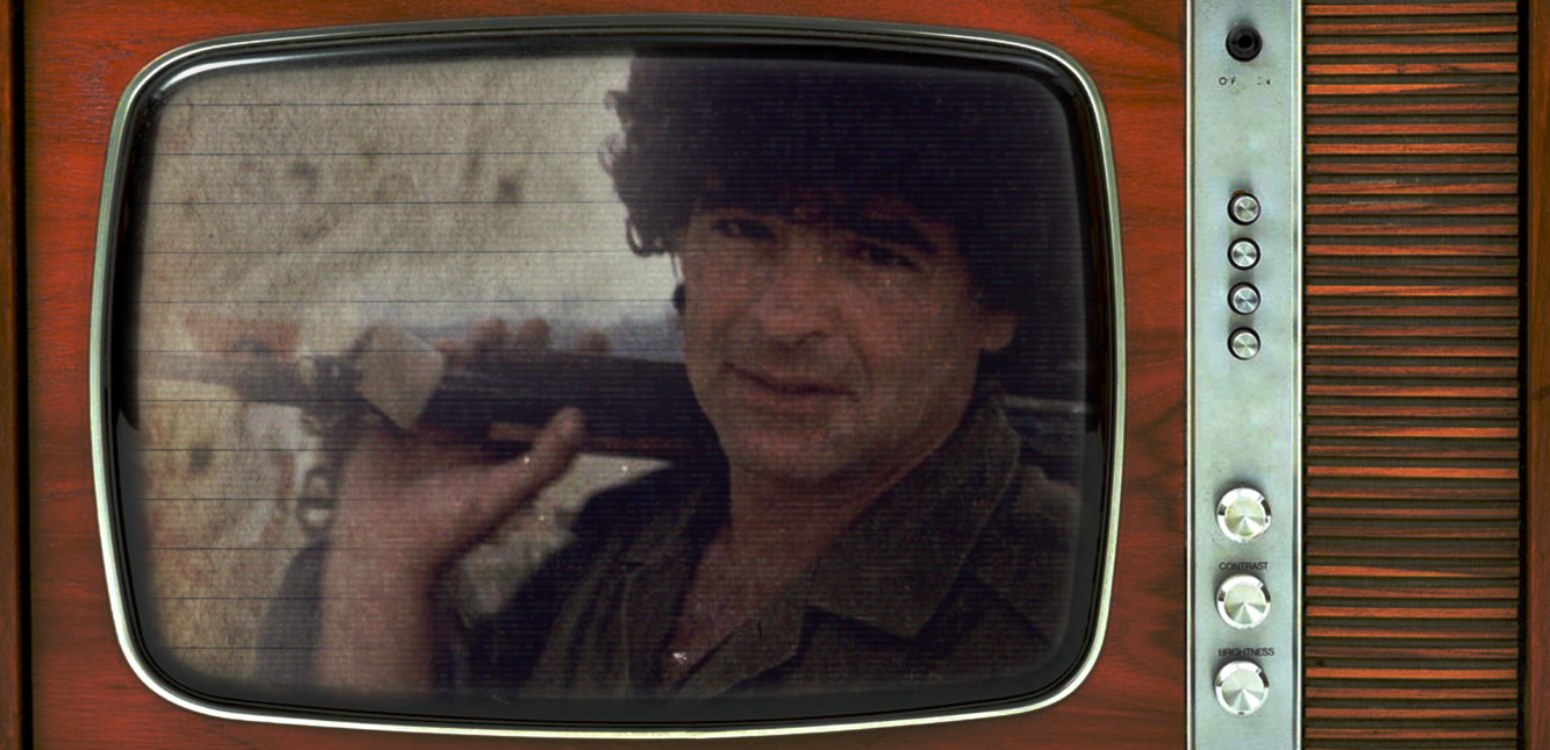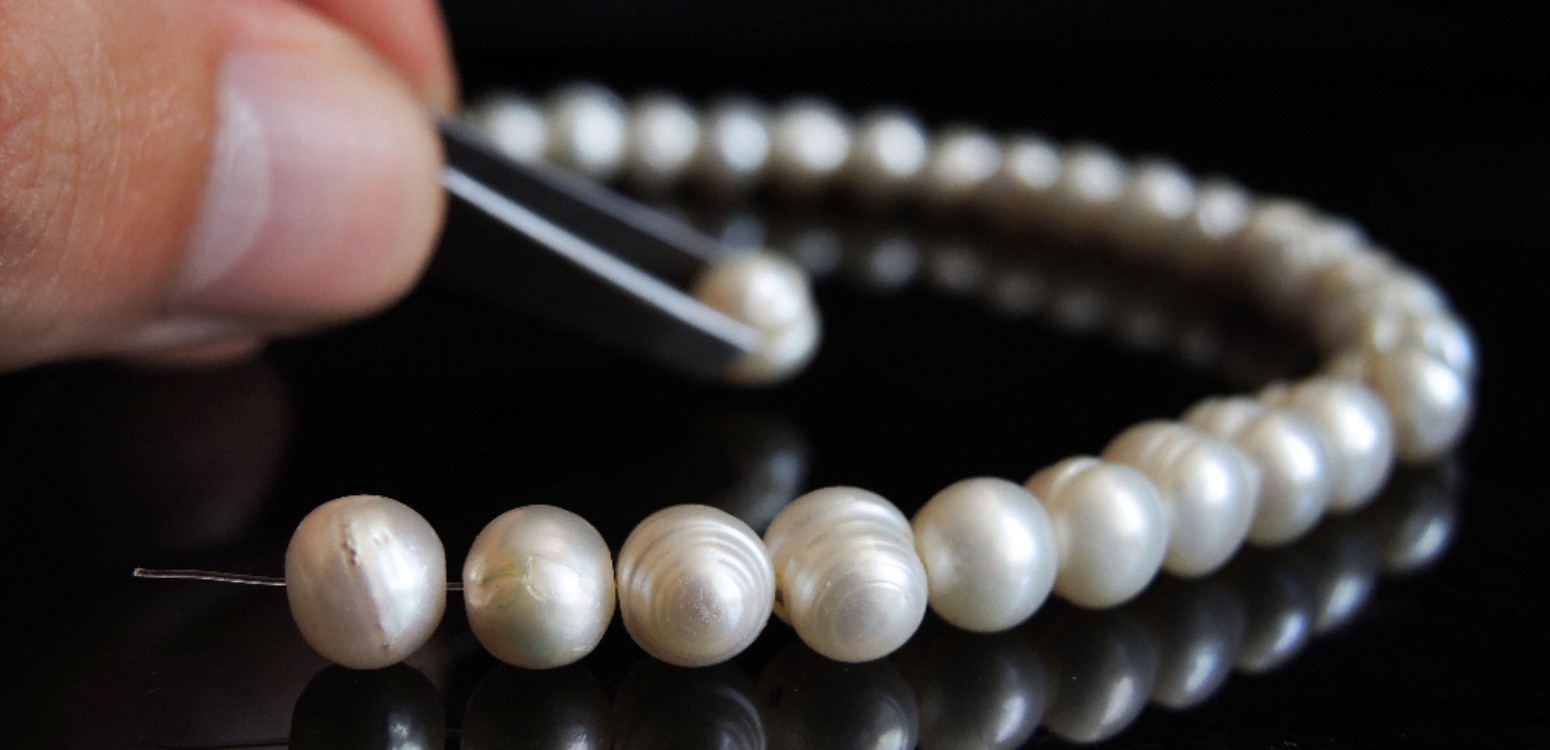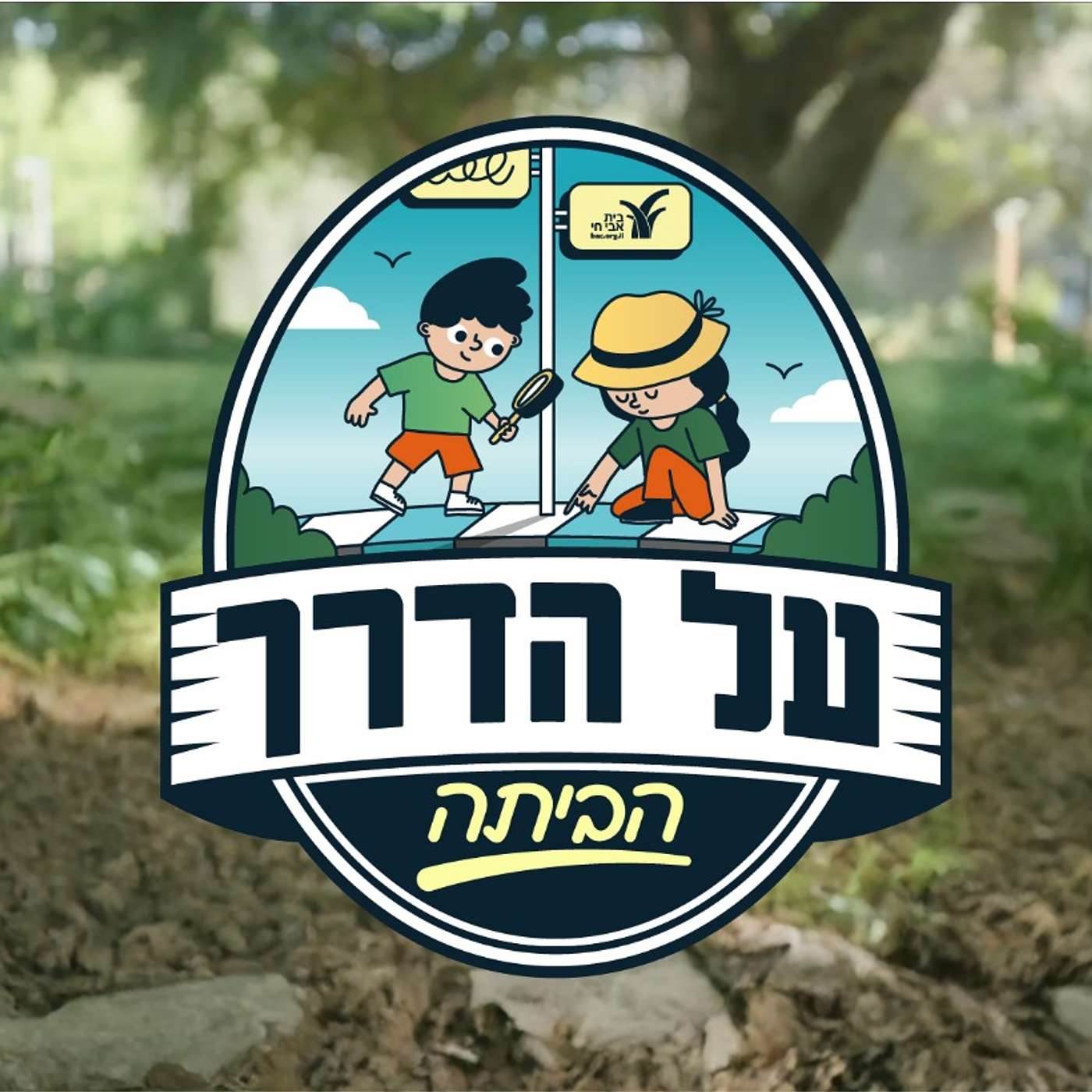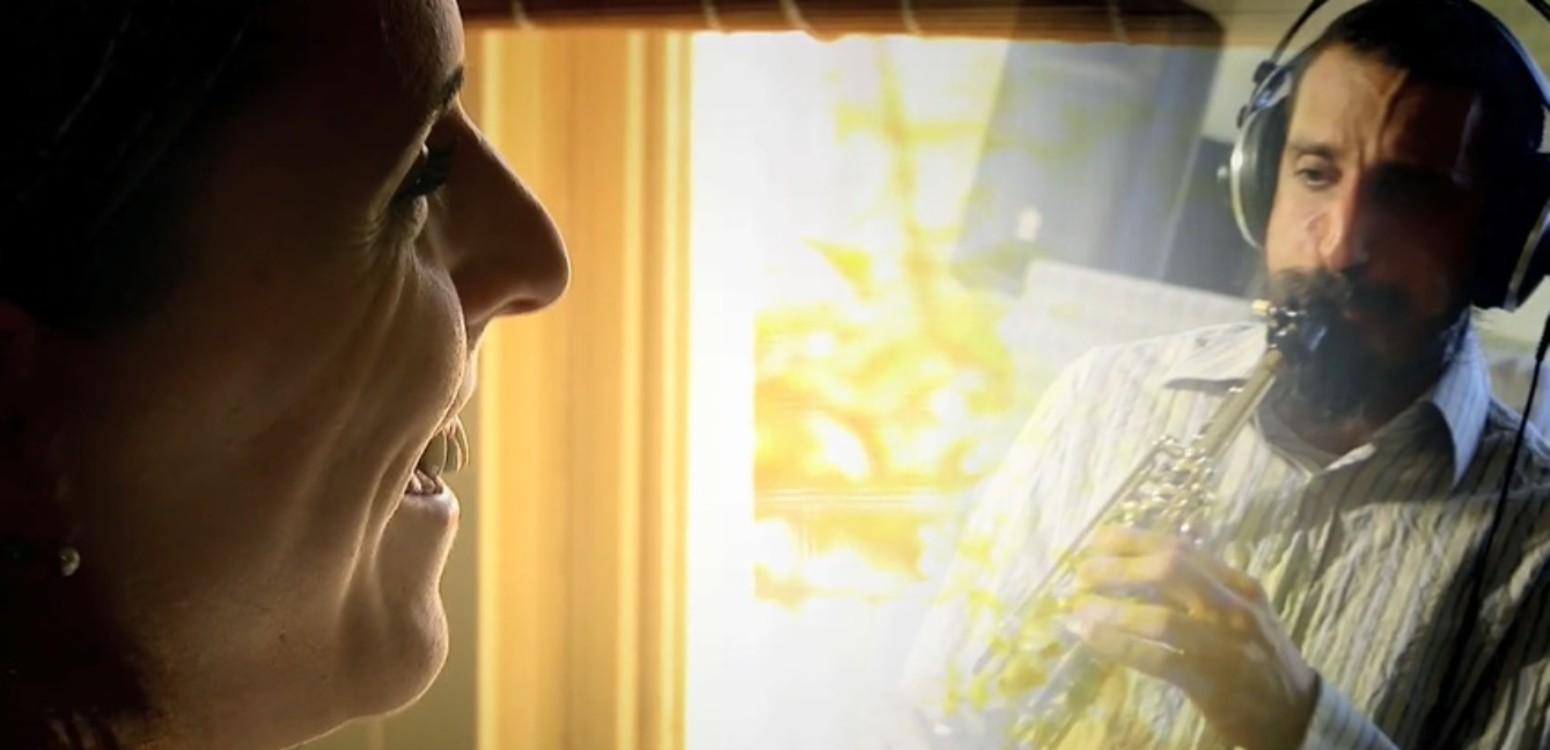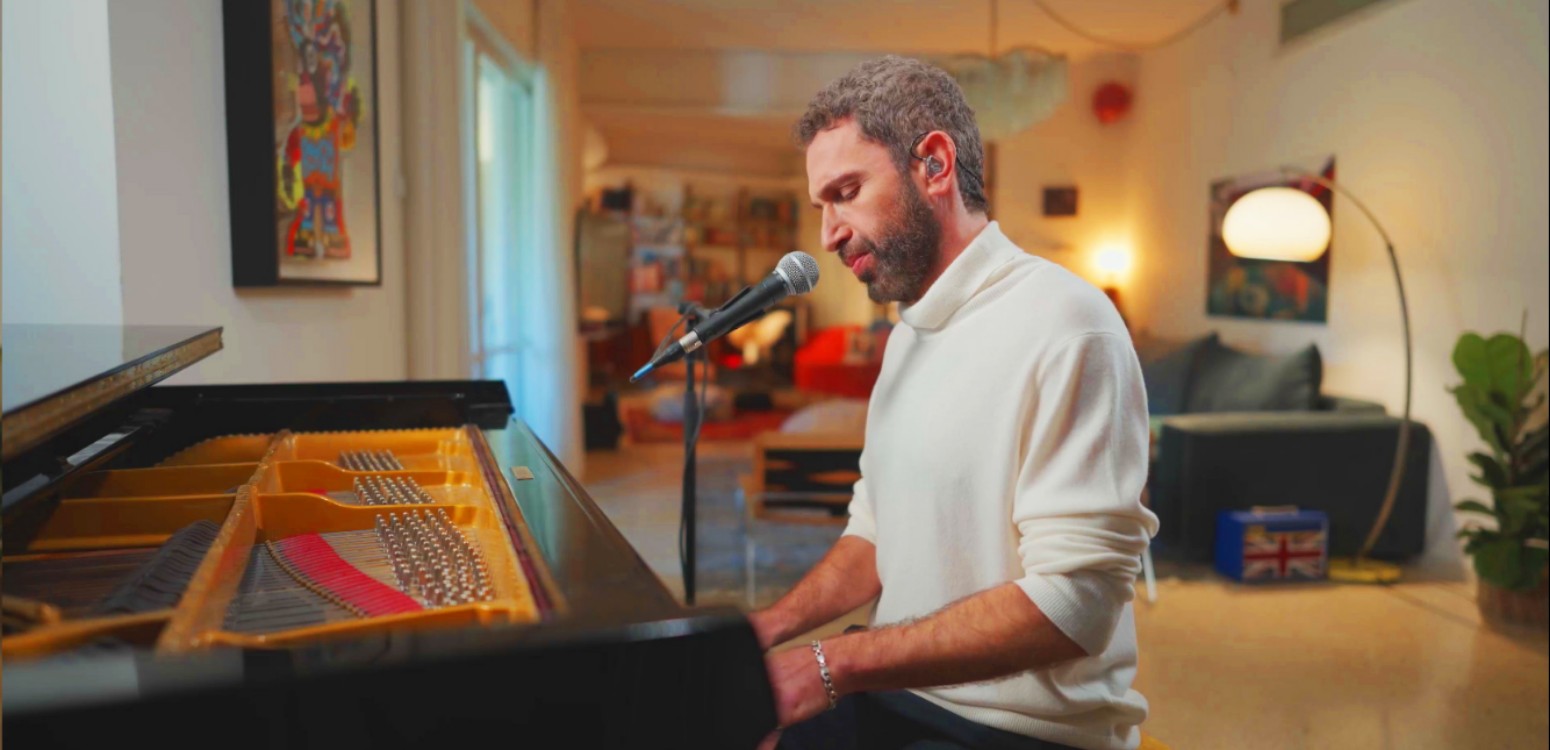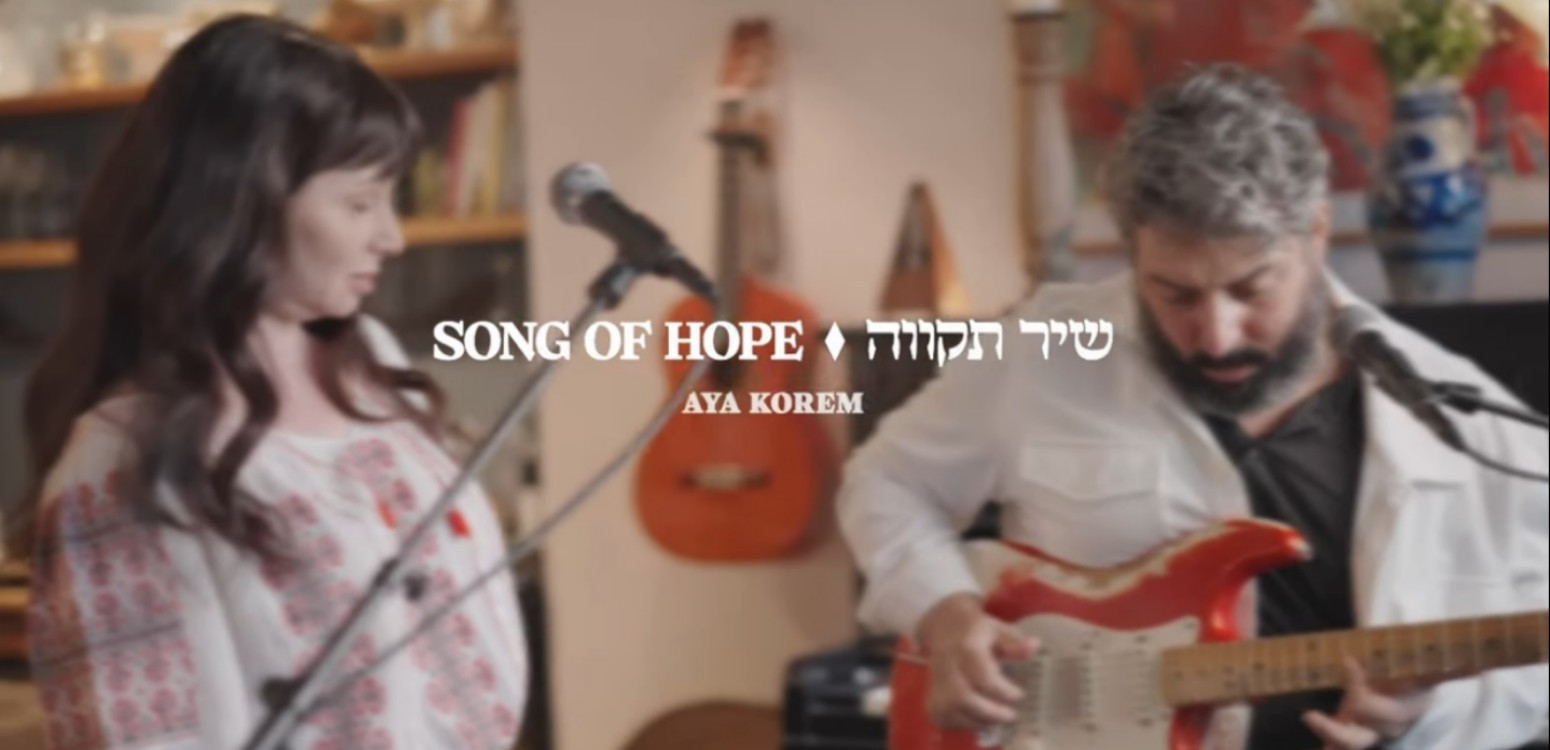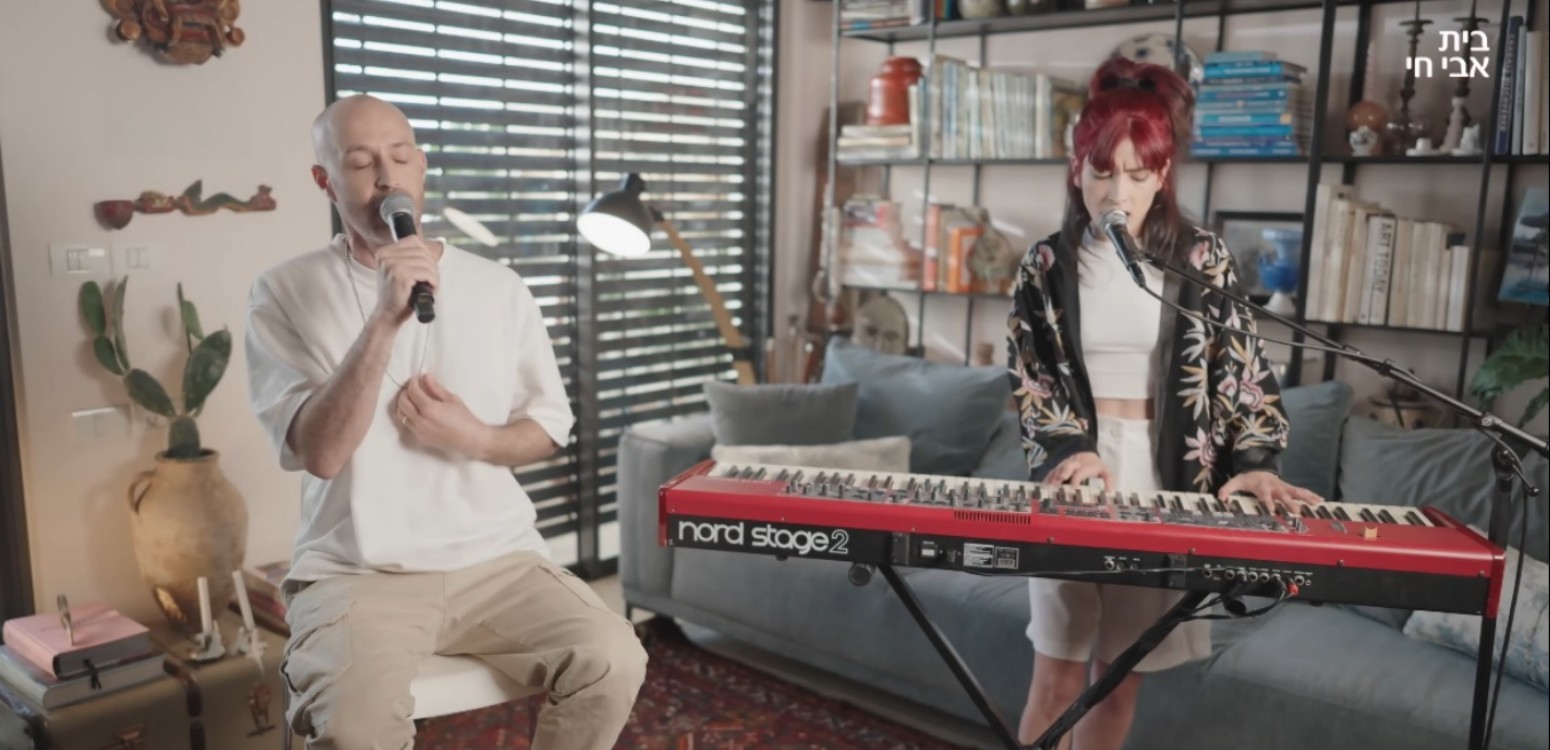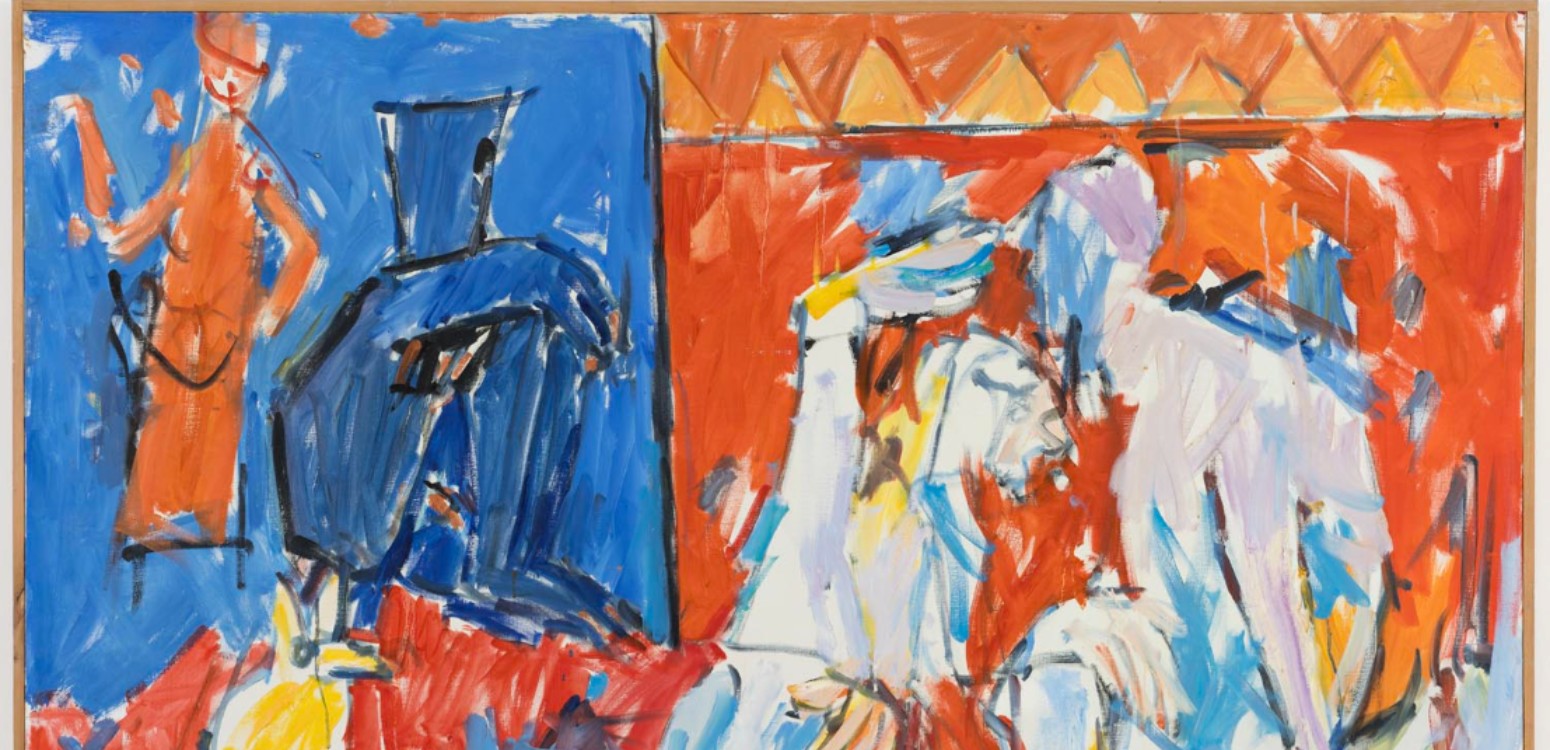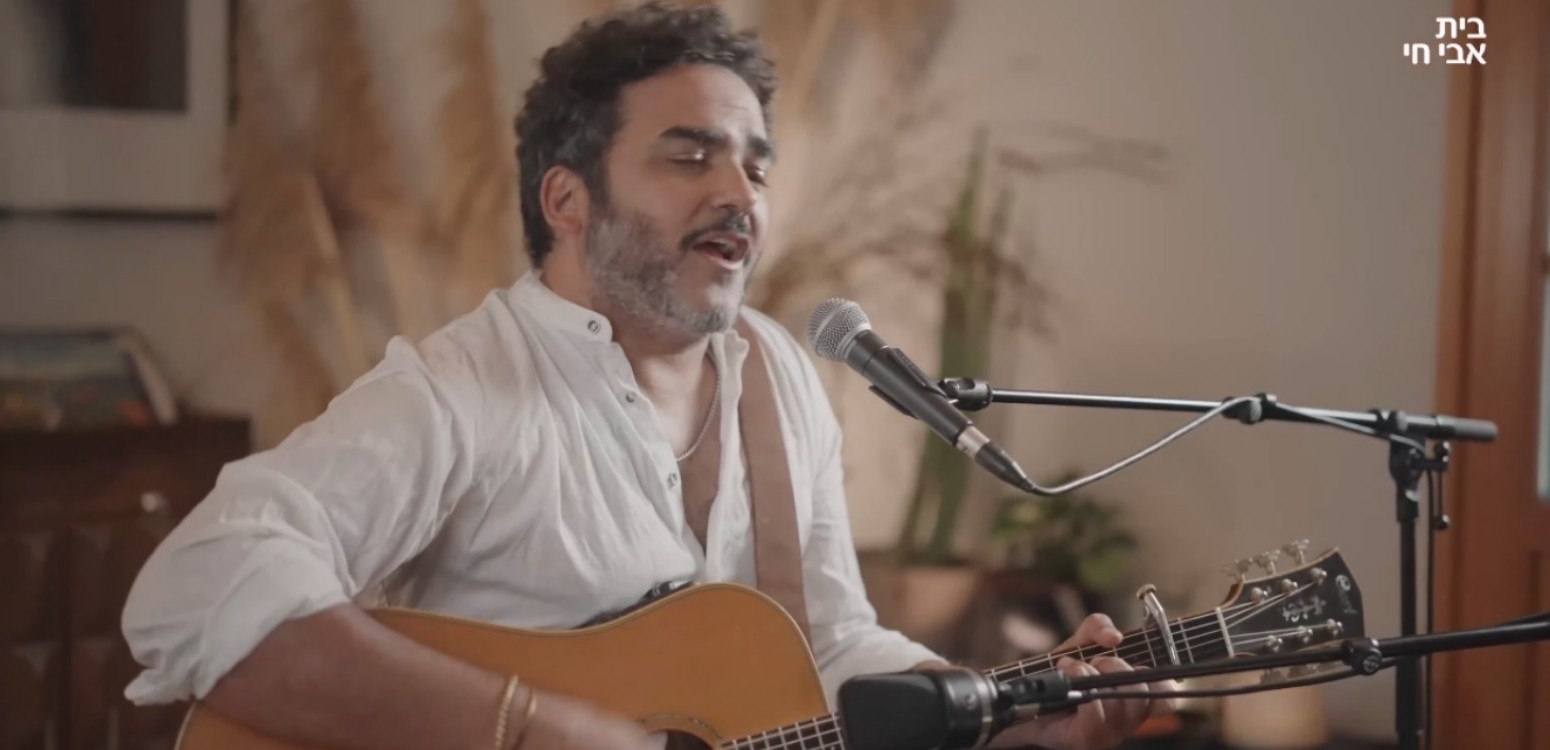In these terrible days, the healing power of music is more needed than ever. The “A-Chord” workshop, where teenagers set poems to music, makes this healing possible
Not so long ago in Israeli music, it was common practice for musicians to approach their poetry bookshelf and chose from it poems to set to music. This is how some of the most beautiful songs in the Israeli canon were born – Nathan Alterman and Sasha Argov, Abraham Chalfi and Yoni Rechter, Dahlia Ravikovitch and Yehudit Ravitz, as well as many other pairings. However, despite the history of such successful collaborations, which produced quite a few classics, in recent decades musicians rarely set other people’s poems to music. Nowadays musicians usually write their own lyrics, and the written poetry remains in its natural place – in books.
Over the course of the past year, Beit Avi Chai have been trying to revive the old and successful tradition of collaboration between written poetry and new and original melodies by contemporary musicians who are at the start of their musical journeys. At the very start – the unique “A-Chord” workshop, which has been running for three consecutive seasons at Beit Avi Chai, hosts highschoolers. The young musicians put aside their private poetry notebooks in favor of an in-depth introduction to works by Israeli poets from Leah Goldberg via Nurit Zarchi to Amichai Chasson. They choose a poem, learn it, compose their own tune for it and finally perform it at Beit Avi Chai as part of a closing show open to the general public.
“The initial idea was to create a creative incubator for kids who sing and play music, where they would learn to set poems to music and give them a melodic interpretation, with an emphasis on musical performance and arrangement,” says musician Shay-li Djamchid, who leads the project together with musician David Lavi. “And this is what we did in the first season. The students were introduced to poetry that we had chosen for them, and we studied it together. Then they each chose a poem to work on, and we tried to understand together, in light of their choice, how the words, structure and meaning of the poem affect the melody that is about to be written. Unlike regular literary study, here delving into the text is a kind of search for the music that emerges from it. The concept of the second season was supposed to be similar, but then came October 7.”
How did that affect the project?
“Because of the war, we changed the structure of the second season of the workshop a bit. We did a one-and-a-half-month crash course, in which we were not composing new songs, but rather performing covers of various songs of hope. The goal was mainly to return the participants to a framework where they concentrate on doing what they love, which strengthens them during this difficult time. We focused more on the performance and arrangement.”
Since you left, a lot has changed here
The teenagers who participate in the workshop are not only from Jerusalem. On the list of participants, one finds kids from places like Tekoa and Ovnat, as well as Kfar Saba and more. Their socio-economic background is diverse: there are students who have fallen out of the normative framework and are looking for an alternative space where they can be part of a group and of a creative process. There are those for whom the workshop provides an answer to the complex emotional struggles of adolescence. There are students from regular high schools and students from pre-military schools. There are even those who manage to combine the workshop with their military service and are able to have one evening a week of study and creation. What they have in common is that they all have some kind of musical background of playing, singing or both.
“I joined ‘A-Chord’ because I have been a writer and composer for many years, and I wanted to improve my skills, also in terms of performing on stage,” says Eitan Cohen, who participated in both the first season and the covers season, with the second opening last November. Shortly before Eitan joined the second season, Yossi Hershkovitz, the principal of the Pelech High School for boys which Eitan attends, was killed in battle in northern Gaza.
“When Yossi was killed, he left a huge void in all of our hearts,” says Eitan. “He was a very special person, and the thing that most characterized him was music. He played the violin and would play for us during recess, and he really loved Ehud Banai. When I joined ‘A-Chord’ I knew this would be my way of immortalizing Yossi – through music. It was clear to me that I will choose Banai’s song ‘Canaan Blues’ as it addresses separation and deals with grief and pain. But I wanted to create an unusual, cooler arrangement. I wrote another verse for the song, which really talks about Yossi himself. Yossi’s family also heard this song, and this was another way to remember him.”
The dimly lit “Het 7” hall, the stage bar at Beit Avi Chai, is packed with friends and family members. Lihi Atias, who is taking part in the program for the second time, takes the stage. She does not perform alone – her father joins her, and together they present an original performance of “What I Didn’t Have Time to Say” by Ran Danker and Elai Botner. Lihi created this cover herself, under the guidance of Shay-li and David. “I felt that I was dedicating this song to everyone who didn’t get a chance to speak to their loved ones one last time. On October 7, thousands of people were murdered whose families didn’t have time to talk to them, and through the song I spoke on behalf of all the murdered people who couldn’t say their last words.”
And how did your father come into the picture?
“In the original arrangement, it was just me and a guitar player, but I felt it was too boring. When I was practicing playing the guitar at home, my father came up with the idea of adding the harmonica. We were looking for someone from the workshop who knew how to play the harmonica, but no one could. In the end, I performed the song in the most special way possible – with my own dad accompanying me on the harmonica. It was very, very moving. I sort of made my father’s dream come true.”
Live in the light
Originally, only two seasons of “A-Chord” were scheduled per year. However, it was so well received and there was such a strong feeling that music has a healing power in these dark days, that it was decided that especially in this difficult year, three consecutive seasons of the workshop will be held. “In the third season, we returned to poetry,” says Shay-li. “This time we chose the theme of home as a space that is either protected or broken into. We prepared a collection of poetry that deals with these themes, and students chose poems from it.”
One of the interesting aspects of an existing text that receives a new melody is the personal interpretation that the composer gives to the text through the music. “In the third season, two students chose the poem ‘I Will Live’ by the poet Leah Goldberg,” shares Shai-li. “We knew that the results would be very different from each other and would only broaden the understanding of the text, and really, the performances sounded like two completely different songs.”.jpg)
What were the differences in the melodies?
“In the poem Leah Goldberg talks about holding on to life despite challenges. One of the participants heard in these words the voice of a woman who is in a deep pit of depression and is trying to get out of it, and the melody was relatively melancholic and heavy. But the other participant heard in these words a call of encouragement, like a community leader boosting morale, so their melody was more optimistic, reggae-style.”
“I think there is a tremendous added value to working with existing poetry,” adds Eitan, “even if the texts are very old, it’s amazing to see how relevant they still are today. Overall, I think it’s very important that teenagers are exposed as much as possible to these poems, which are almost disappearing, and get to know the quality, the depth and the beauty in them.”
The participants of the third season of “A-Chord” are currently in the final stages of working on their songs. Soon they will go on stage, excited and scared, and will stand, perhaps for the first time, in front of a crowd of fans who came to be part of the project. Perhaps in this moment, in which hours of thorough, patient and attentive work come together and an artistic meeting takes place between three or four generations of people whose pain has led them not only to despair but also to creation, a place will be found to rest the bruised soul for a few moments, to be moved by both original and familiar music, to find solace in the words that other people wrote about an old, distant pain, through which one can also look at the wounded present and hope that the next season of “A-Chord” will deal with simpler, more ordinary themes, far from the current abyss.



